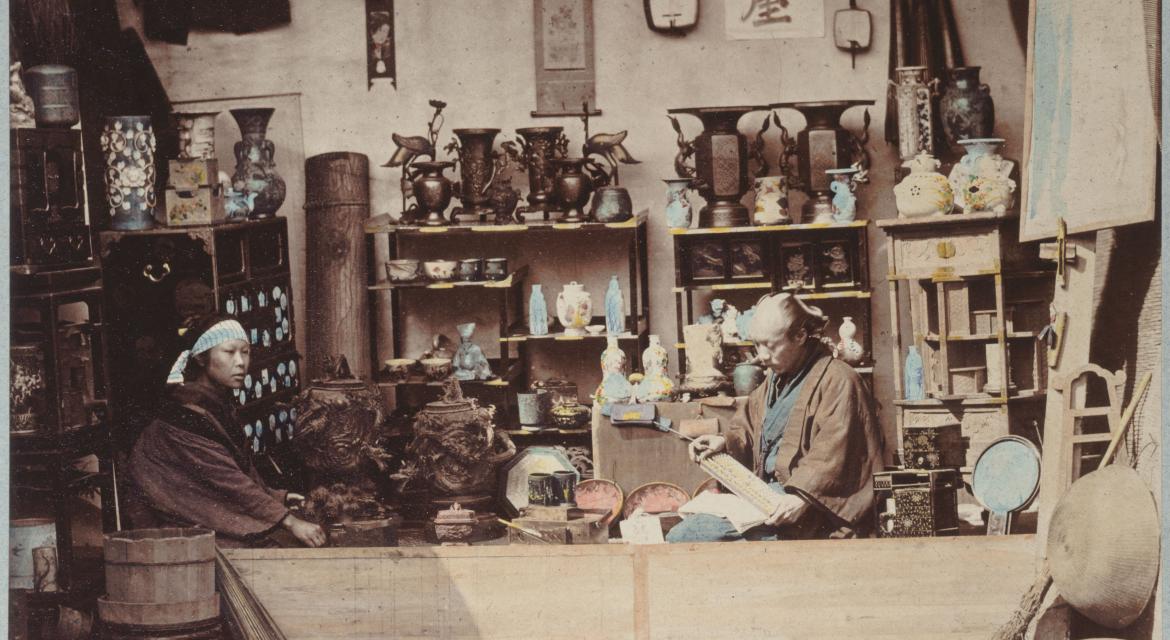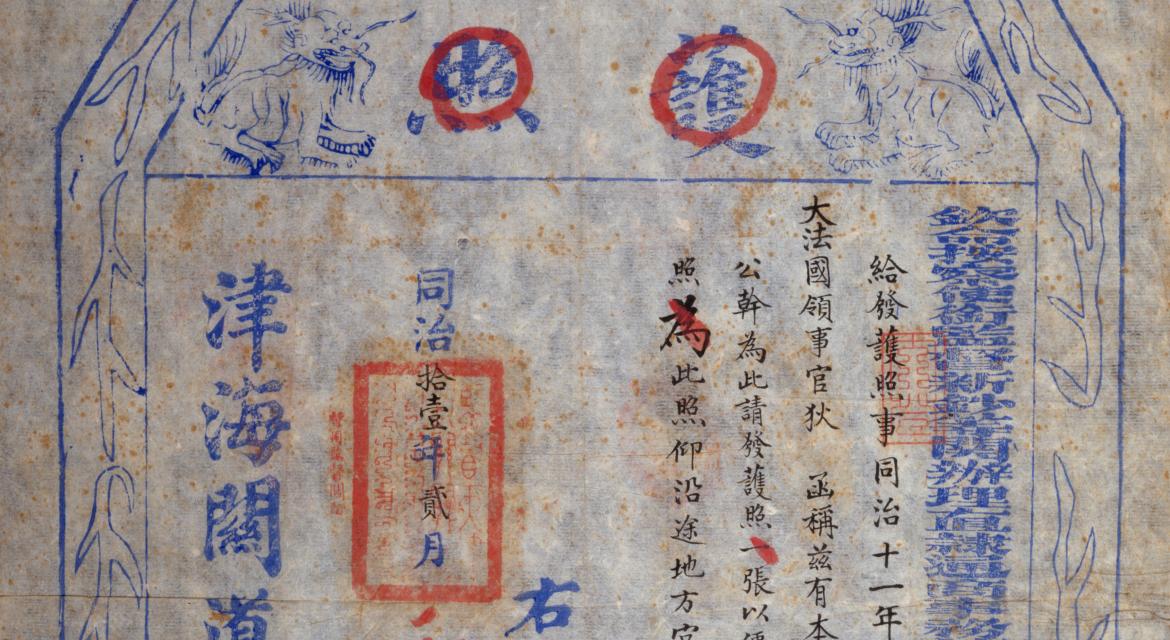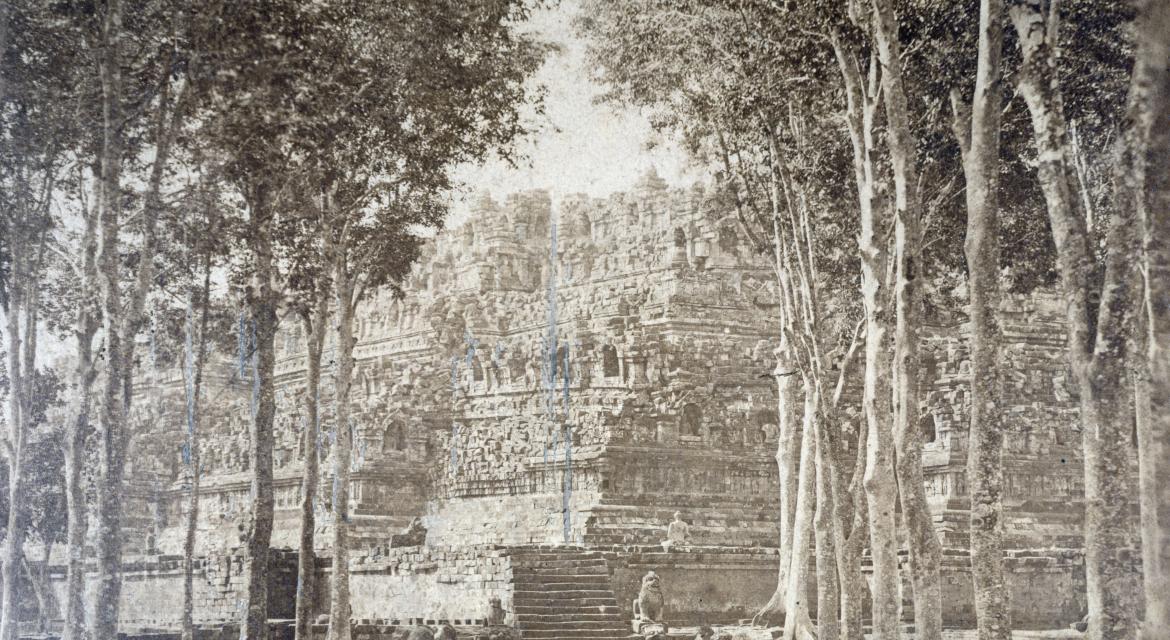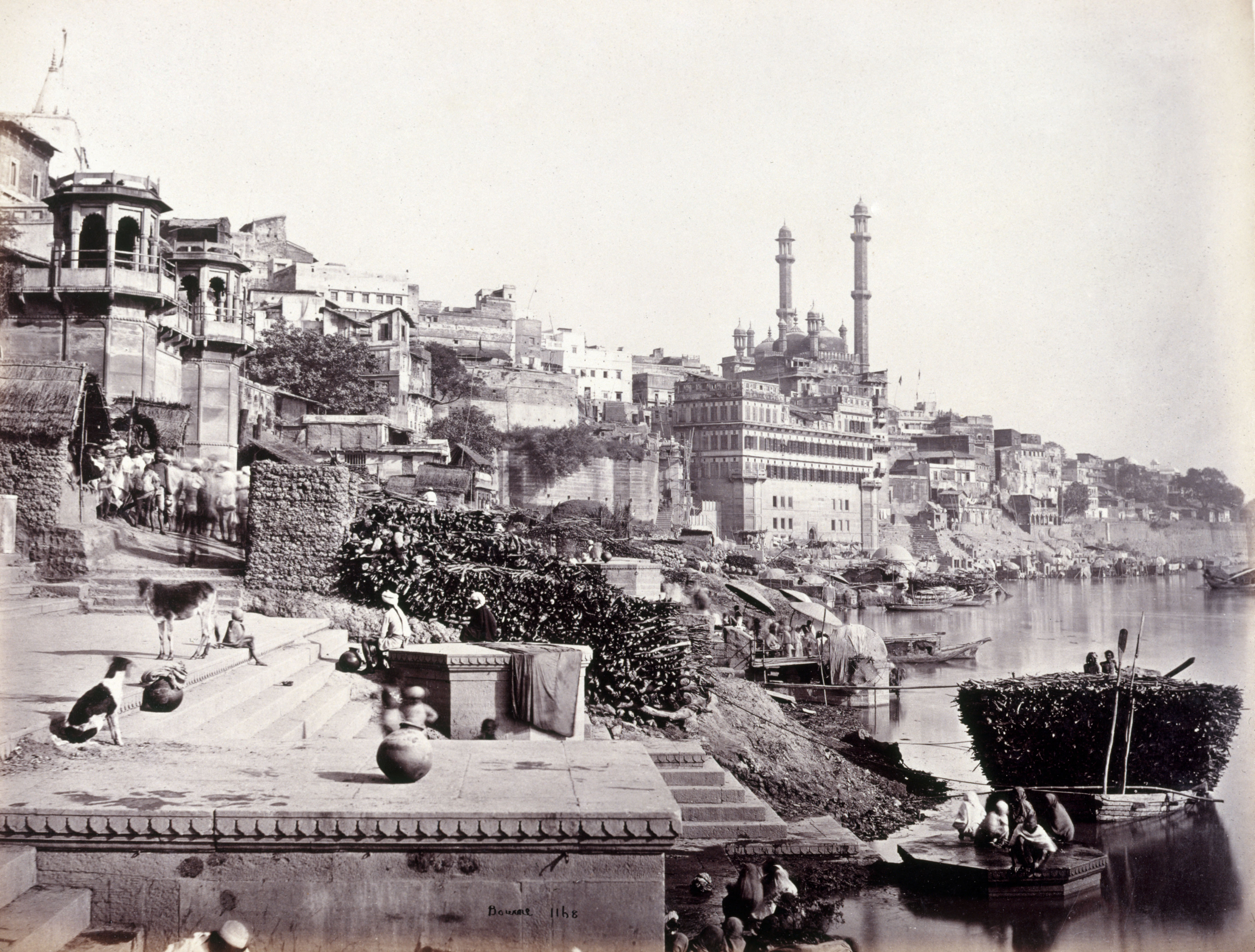The stages of a journey
We know little of Cernuschi’s motivations for embarking on a lengthy world tour, from September 1871 to January 1873, at the age of 50, in the company of Théodore Duret, who was his junior by 17 years. The fact that Duret moved in Impressionist circles with a keen interest in Japanese art no doubt played a role in his decision, at least in the choice of Japan as a destination.
Almost the only source of information about this journey is Duret’s book about it: Voyage en Asie, published by Michel Lévy et Frères in 1874. His account relates the main aspects and events of their journey, starting with the travellers’ arrival in Yokohama.
It was a four-part tour: Japan (October 1871– February 1872), China (February–June 1872) and Java (June–August 1872) followed by Ceylan (August–September 1872) and India (September–December 1872). Cernuschi and Duret spent roughly the same amount of time, about four months, in Japan, China and India, and divided their journey equally between the Far East and South and South East Asia.

Japan, 1868, Felice Beato
Musée Cernuschi
They landed in Yokohama on 25 October 1871, and also sojourned in Hyōgo (at Kōbe) and Nagasaki, probably very briefly. During their stay in Japan, they visited Edo (Tokyo) from Yokohama, then Ōsaka, Nara and Kyōto, from Kōbe. At the time, special permission was required to visit Kyōto and Nara, which were accessible only in a sedan chair.

Musée Cernuschi
In February, they travelled to China, where they visited Shanghai, sailed up the Yellow River to Nanking, and took a trip on the Grand Canal. From Shanghai they travelled to Tianjin and sailed up the “Blue River” (Yangtze) to Peking. The most adventurous part of their journey was perhaps their expedition to Jehol (Chengde) and into what is today the region of Inner Mongolia.

Musée Cernuschi
From June to August 1872, they stayed in Batavia (present-day Jakarta), in Bandung and in Yogyakarta, and visited the Dieng Plateau and Borobudur. From Batavia they sailed to Ceylan, via Singapore, in August of the same year. They stayed first in Colombo, then took the train to Kandy From there, they visited the Buddhist sites as well as Dambulla and Polonnaruwa, and then Anuradhapura.

In September, they took a small ship to India, where they would stay until December. Heading north, they travelled via Madurai, Tanjore (present-day Thanjavur), Pondicherry (Puducherry) and Madras (Chennai), then Calcutta (Kolkata) to Benares (Varanasi), in November. They then visited Agra and Delhi, and, finally, Kashmir, before returning to Delhi, then Bombay (Mumbai), crossing through Rajasthan and taking in a visit to the Ellora Caves.
On 30 December 1872, the two travellers set sail for Marseille from Bombay via the Suez Canal.